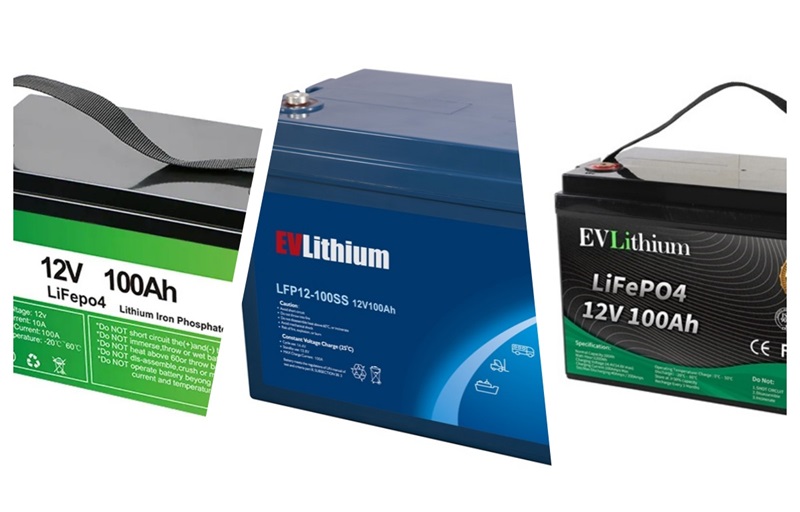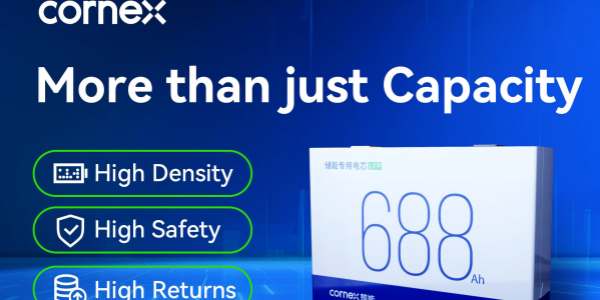What is a 17 String LiFePO4 Battery Used For 12V Mainstream Battery Systems
With the widespread use of LiFePO4 batteries in the energy storage industry due to their superior safety, long lifespan, and high performance, 12V batteries have gradually become the mainstream choice in the market. These batteries are favored for their strong compatibility and wide range of applications, making them the preferred option in many power systems. However, the feasibility and necessity of connecting LiFePO4 batteries in a 17-series (17S) configuration within 12V systems remain a topic that warrants further research and exploration.

1. Technical Characteristics and Applications of 17-Series LiFePO4 Batteries
The 17-series LiFePO4 battery is made up of 17 cells connected in series, with each cell having a nominal voltage of 3.2V, resulting in a total nominal voltage of 54.4V for the 17S system. When fully charged, the voltage can reach 62.05V. This voltage level is typically suitable for high-voltage applications such as electric vehicles, large-scale energy storage systems, and industrial equipment. However, the design and Battery Management System (BMS) of common 12V LiFePO4 batteries usually limit the number of cells connected in series. Therefore, the feasibility and necessity of adopting a 17-series configuration require in-depth analysis from both technical feasibility and practical application perspectives.
2. Feasibility of Series Connection: Technical Challenges and Implementation Difficulties
A. Limitations of the Battery Management System (BMS)
12V LiFePO4 batteries on the market typically consist of four cells connected in series (4S), with a nominal voltage of 12.8V. These batteries are equipped with BMS systems that are designed to manage small-scale series connections, ranging from 4S to 8S (16V to 24V). However, when considering a 17-series configuration, the BMS faces higher voltage levels and more complex balancing management requirements, which far exceed the capabilities of existing 12V battery designs. To support a 17-series configuration, the BMS would need to have stronger voltage handling capacity and more precise balancing control to ensure the stability and safety of the battery pack.
B. Battery Cell Consistency Requirements
As the number of series-connected cells increases, maintaining consistent voltage and performance across all cells becomes crucial. In a 17-series configuration, each cell must be highly matched in terms of voltage and performance; otherwise, the system may become unstable or pose safety risks. Thus, the efficiency and accuracy of the BMS must be higher, which increases the technical difficulty and implementation costs. Ensuring battery cell matching is one of the key factors in making the 17-series configuration viable.
C. Challenges of High Voltage Operation
The nominal voltage of a 17-series LiFePO4 battery is 54.4V, which far exceeds the tolerance range of traditional 12V devices and accessories. High-voltage operation requires specialized insulation designs and safety measures to prevent short circuits, thermal runaway, and other safety hazards. This high-voltage environment places higher demands on the design, material selection, and overall safety of the equipment.
D. Complexity of Thermal Management
In a 17-series system, the uneven distribution of heat between the cells becomes more apparent, making thermal management a complex issue. The heat generated by the cells must be dissipated through an effective cooling system; otherwise, overheating may degrade battery performance and shorten its lifespan. Therefore, additional cooling measures will increase the system's size and weight, posing extra challenges for the overall design.
3. Limitations of 12V Mainstream Batteries in 17-Series Applications
A. Compatibility Issues
12V lifepo4 batteries are primarily designed for portable energy storage devices (such as camping power supplies) or small solar systems. These systems typically use 4S to 8S configurations, which meet low-voltage power requirements. As a result, the demand for supporting 17-series configurations is minimal in the market. The design of 12V batteries does not account for high-voltage applications, which causes compatibility and adaptation issues when attempting to use them in 17-series configurations.
B. Cost and Efficiency Considerations
Expanding a 12V battery to a 17-series configuration requires a more complex BMS to manage the higher voltage and battery balance. This not only increases costs but may provide limited practical benefits. For most users, directly opting for battery packs designed for high-voltage applications would be more cost-effective and practical. Therefore, supporting a 17-series configuration in 12V batteries does not offer significant advantages in these scenarios.
4. Balancing Theory and Practice
A. Theoretical Feasibility
From a technical standpoint, with advancements in BMS technology and improvements in battery consistency, a 17-series LiFePO4 battery configuration is entirely feasible. However, achieving this would require substantial investment in the production process, which would increase manufacturing costs. As a result, while technically feasible, the return on investment may not be ideal.
B. Practical Considerations
In practical applications, the demand for 17-series battery configurations is mainly concentrated in professional and industrial sectors, rather than in the general consumer market. For most users of 12V batteries, unless there is a specific high-voltage requirement, configuring 12V batteries into a 17-series setup does not provide significant practical value and may not yield adequate benefits.
5. Choosing the Right Technical Solution
Currently, the market positioning of 12V LiFePO4 batteries focuses more on portability and broad compatibility rather than meeting high-voltage needs. Therefore, for scenarios requiring 17-series configurations, selecting custom 17-series high-voltage battery packs or industrial-grade solutions is more suitable and economical. Although future advancements in BMS technology may offer more flexible solutions, at present, the feasibility and necessity of supporting 17-series configurations in 12V batteries remain relatively limited.

